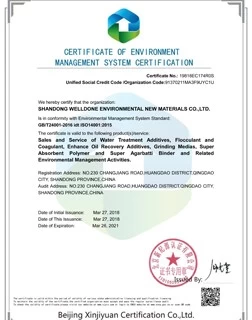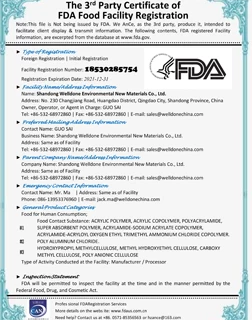Viscosity selection of hydroxypropylmethyl cellulose in construction
Hydroxypropyl methylcellulose (HPMC) is a commonly used adhesive in construction for its ability to improve the workability, adhesion, and water retention of cement-based materials. The selection of the appropriate viscosity of HPMC is critical to achieve the desired properties and performance of the final product.
The viscosity of HPMC is influenced by several factors, such as the degree of substitution (DS), molecular weight, and concentration. In general, higher DS and molecular weight result in higher viscosity, while higher concentration leads to lower viscosity.
For applications that require high initial tack and quick setting time, a low-viscosity HPMC with a DS of 1 or 2 is recommended. This type of HPMC provides good wetting and penetration properties, enabling it to form a strong bond between the substrate and the adhesive.
For applications that require high water retention and improved workability, a medium- to high-viscosity HPMC with a DS of 2 or 3 is preferred. This type of HPMC can effectively improve the pumpability, spreadability, and open time of the adhesive, allowing for easier application and better coverage.
For applications that require high strength, durability, and resistance to sagging, a high-viscosity HPMC with a DS of 3 or higher is necessary. This type of HPMC provides excellent thickening and binding properties, enabling it to prevent the material from settling or separating during curing.
In summary, selecting the appropriate viscosity of HPMC is critical to achieving the desired properties and performance of the adhesive in construction. Factors such as DS, molecular weight, and concentration should be carefully considered based on the specific application requirements.




.jpg.webp)

